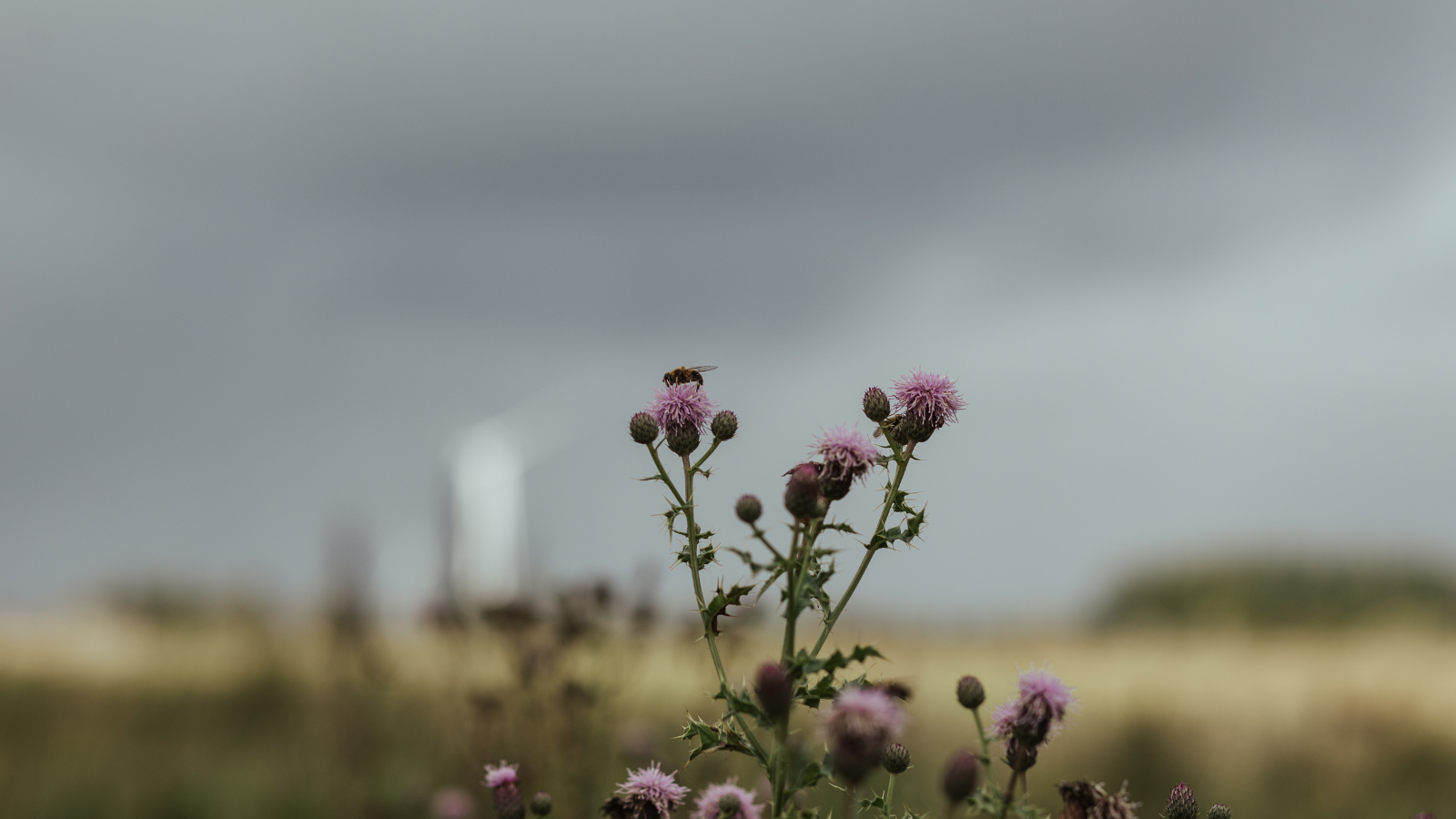What happens to insects in winter? It’s a fair question – at the height of summer, insects are everywhere. So what happens to them when the temperature drops? Well, most of them are still here in some form, enduring the cold in various different ways.
Some species hide themselves in warm, safe places away from predators. In fact, you may spot minibeasts overwintering in leaf litter, under tree bark, or in the cracks and crevices of walls, sheds and outbuildings. They survive winter by entering a state of torpor. This means their temperature drops, and their metabolism and heart rate slows.
Other species have a different tactic – their life cycle allows them to avoid spending winter in their adult form. They die off after breeding during summer, leaving their eggs or larvae concealed in soil, under bark or in leaf litter until spring. Grasshoppers and crickets adopt this strategy, mating and depositing their eggs in soil or tree bark in the early autumn.
Here’s a closer look at what certain insects do in winter:
Bees and butterflies
Bees deal with winter in different ways according to their species. Honey bees huddle together inside the hive to keep warm, using their bodies to generate heat. The queen bee remains at the centre of the cluster, while the other bees take it in turns to be on the cold outside.
With bumblebees, the queen is generally the only one to overwinter, nesting underground when the male bees and worker bees have died off. However, possibly in response to our changing climate, the bumblebee life cycle is altering and some colonies have started overwintering instead of dying off.
Most butterflies in the UK spend the winter as caterpillars. However, some species such as Red Admiral, Peacock and Small Tortoiseshell can go dormant, and will sometimes wake up during spells of warmer winter weather.

Beetles and bugs
Ladybirds overwinter in their adult state. They can be spotted sheltering together in little huddles under bark, in dead vegetation or in cracks of outside walls. Shield bugs also spend winter as adults, turning a browny-orange colour to camouflage themselves amongst leaf litter.
The garden pond
Although a common garden pond may look empty in the winter, it isn’t! With the exception of the nymphs of some dragonfly species, most aquatic insects will just sink to the bottom of the pond and stay there, insulated by the water above until warmer weather tempts them back to the surface.

Help us to conserve and restore nature today. With our range of nature restoration sponsorships and one-off gifts, you can contribute towards conserving and restoring nature on our UK sites, have a positive impact on carbon sequestration!




